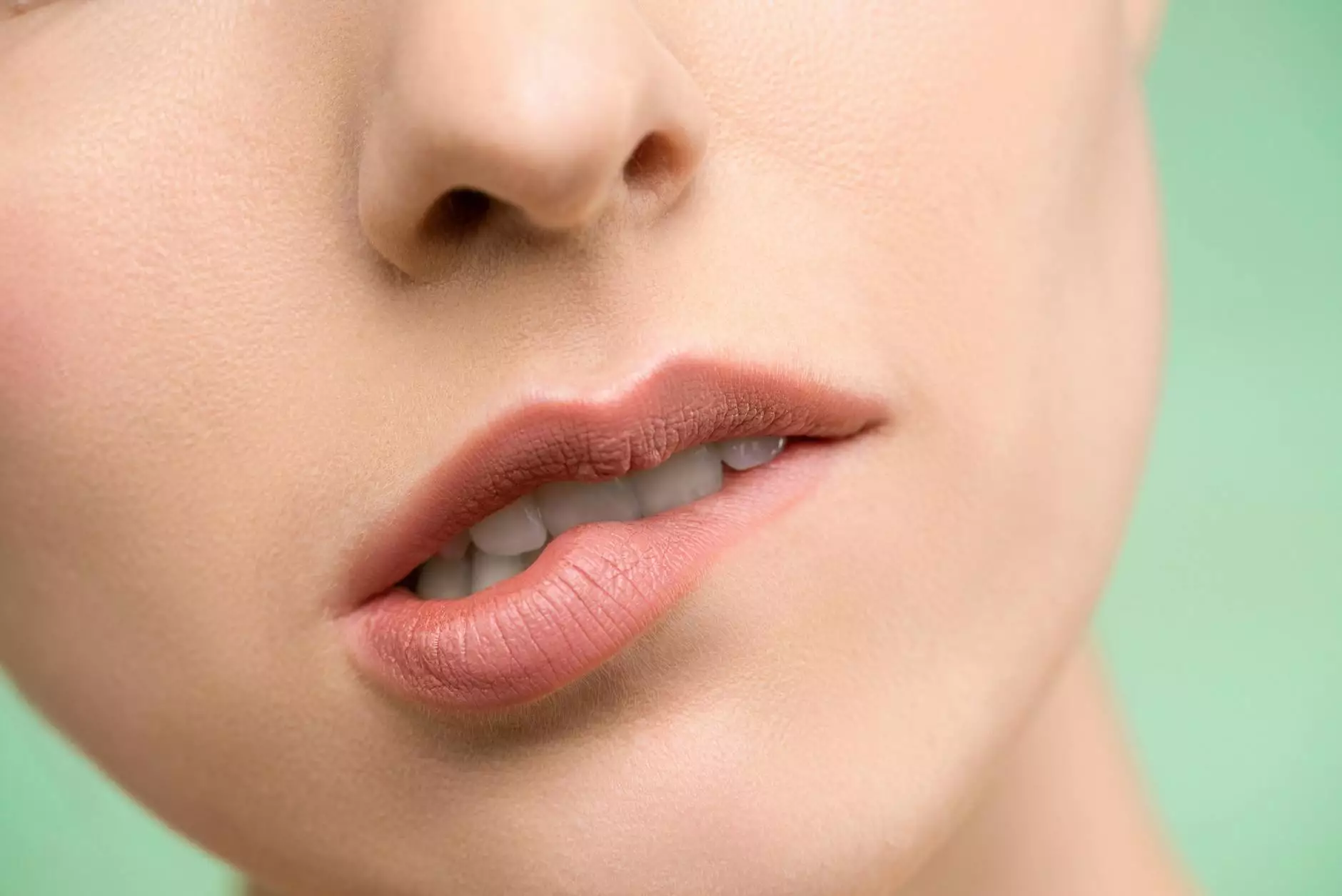Understanding Mouth Gag Oral Surgery: A Comprehensive Overview

In the world of oral surgery, precision and accessibility are paramount. One of the tools that plays a significant role in facilitating these surgeries is the mouth gag. This device is essential for creating an unobstructed view and access to the surgical area. In this article, we will delve deep into the role of mouth gags in oral surgery, covering their types, applications, and the best practices for their use. Our aim is to inform both professionals in the field and those interested in understanding the intricacies of dental and medical procedures.
The Importance of Mouth Gags in Oral Surgery
The utilization of mouth gags represents a critical component of many oral surgeries. These devices ensure that the mouth remains open, allowing the surgeon to operate effectively. The benefits of using a mouth gag include:
- Enhanced Visibility: A mouth gag keeps the mouth wide open, providing the surgeon with a clear line of sight.
- Reduced Patient Movement: It minimizes the risk of the patient moving during the procedure, thereby increasing safety.
- Improved Access: With the mouth held open, the surgeon can easily access the teeth, gums, and other oral structures.
Types of Mouth Gags Used in Oral Surgery
There are several types of mouth gags, each designed for specific needs and procedures. Understanding the differences can guide practitioners in selecting the appropriate tool. Here are some common types:
1. Screw Type Mouth Gag
The screw type mouth gag is one of the most commonly used devices in oral surgery. It consists of a screw mechanism that allows for easy adjustment of the mouth's opening width. This type is particularly useful in procedures that require prolonged access to the oral cavity.
2. Standard Mouth Gag
The standard mouth gag is a straightforward device, crafted from stainless steel for durability and ease of sterilization. It typically features a simple lever to hold the mouth open and is used in various dental procedures.
3. Dental Mouth Gag
Specifically designed for dental applications, the dental mouth gag is smaller in size and tailored for use during less invasive procedures. Its design is centered around patient comfort while maintaining sufficient access for the dentist.
4. Specialty Mouth Gags
These gags are customized for unique surgical requirements. For instance, some are designed for pediatric use, accommodating smaller mouths while ensuring adequate exposure for dental procedures.
Applications of Mouth Gags in Dental Procedures
The applications of mouth gags extend across a range of dental and surgical procedures. Some of the most notable applications include:
- Tooth Extractions: Mouth gags are essential during tooth extractions, providing stable access to the area surrounding the tooth.
- Root Canals: For root canal treatments, these devices ensure that the dentist can work efficiently without interruptions caused by patient movement.
- Oral Biopsies: In cases where oral tissue samples need to be taken, mouth gags enable the required visibility and access.
- Orthodontic Procedures: Mouth gags also support orthodontic interventions, allowing for the precise placement of braces and other appliances.
Best Practices for Using Mouth Gags
While mouth gags are invaluable in surgical settings, their improper use can lead to complications. Here are some best practices to keep in mind:
1. Selecting the Right Size
It’s crucial to choose a mouth gag that fits the patient’s mouth size appropriately. Using a gag that is too large or too small can cause discomfort or lack of efficacy during surgery.
2. Patient Comfort is Key
Prior to the procedure, ensure that the patient is comfortable with the use of the mouth gag. Providing assurance and explaining the procedure can help alleviate anxiety.
3. Monitoring Patient Condition
Continuously monitor the patient's condition during the surgery. Be mindful of their respiratory status and overall comfort. If any distress is indicated, the gag should be adjusted or removed as necessary.
4. Proper Sterilization
To prevent infection, it is essential to sterilize mouth gags properly before each use. Using autoclaving or chemical sterilants can ensure the device is free from pathogens.
The Future of Mouth Gag Oral Surgery
As technology advances, the field of oral surgery continues to evolve, and mouth gags are no exception. Emerging trends indicate a possibility of more ergonomic designs that improve patient comfort while maintaining high levels of usability for healthcare professionals. Innovations may include:
- Smart Mouth Gags: Incorporating technology to monitor patient conditions in real-time and provide feedback to the dentist.
- Ergonomic Designs: Creating mouth gags that are tailored for extended use without compromising on patient comfort.
- Biocompatible Materials: Utilizing advanced materials that are both strong and comfortable for patients, reducing the likelihood of allergic reactions.
Conclusion
The mouth gag is an indispensable tool in the realm of oral surgery. Its ability to provide enhanced visibility and access makes it vital for successful procedures. Understanding the types, applications, and best practices surrounding mouth gags can significantly improve surgical outcomes and patient experiences.
Whether you are a dental professional, a surgical assistant, or a patient preparing for an oral procedure, knowledge of these devices is essential. At new-medinstruments.com, we strive to provide quality medical supplies, including mouth gags tailored for various surgical needs. We work diligently to ensure that our products meet the highest standards of safety and efficacy.
As oral surgery technology continues to advance, the role of mouth gags will only become more crucial, supporting dentists and oral surgeons in their efforts to provide effective, safe, and compassionate care.









